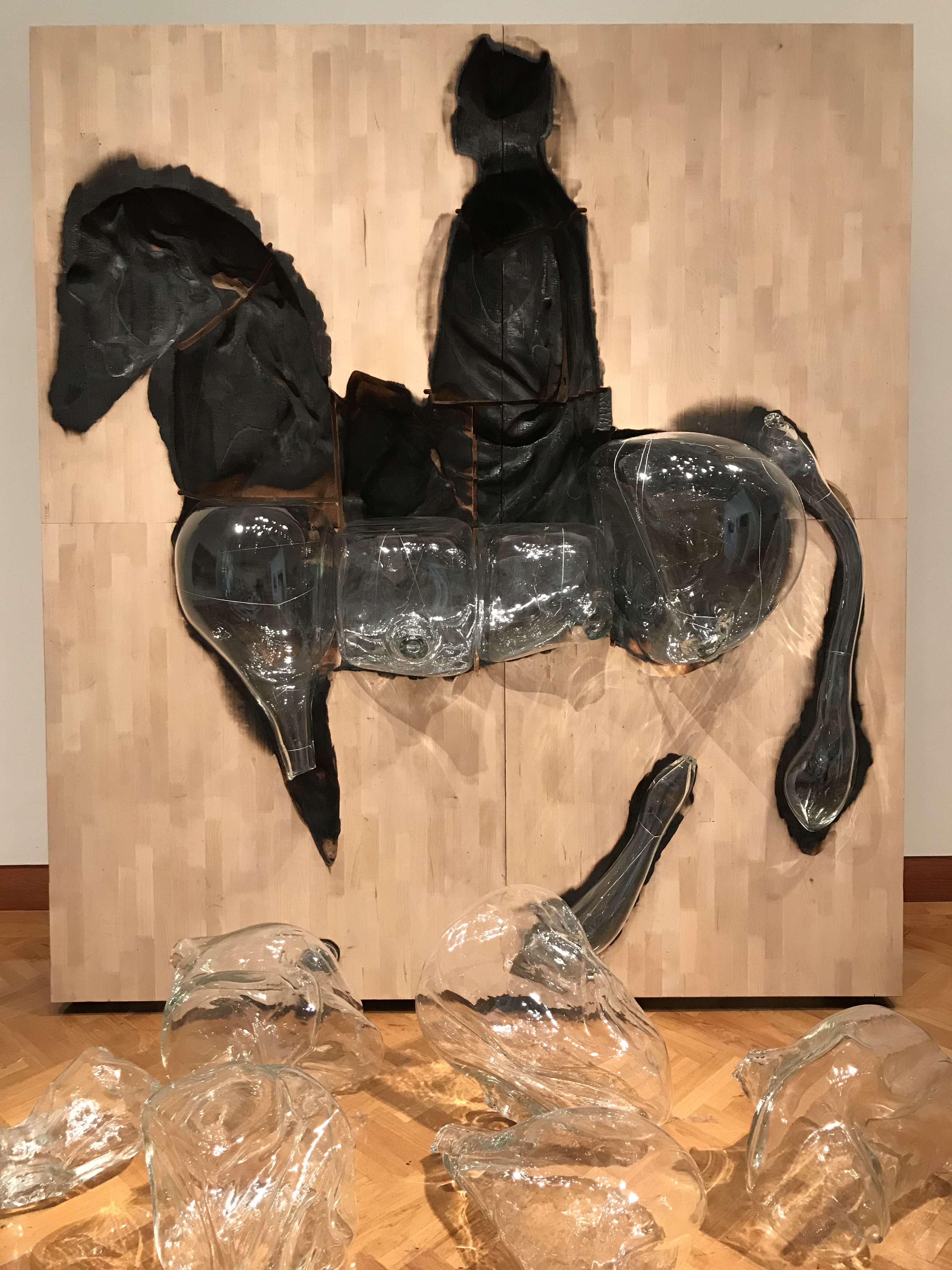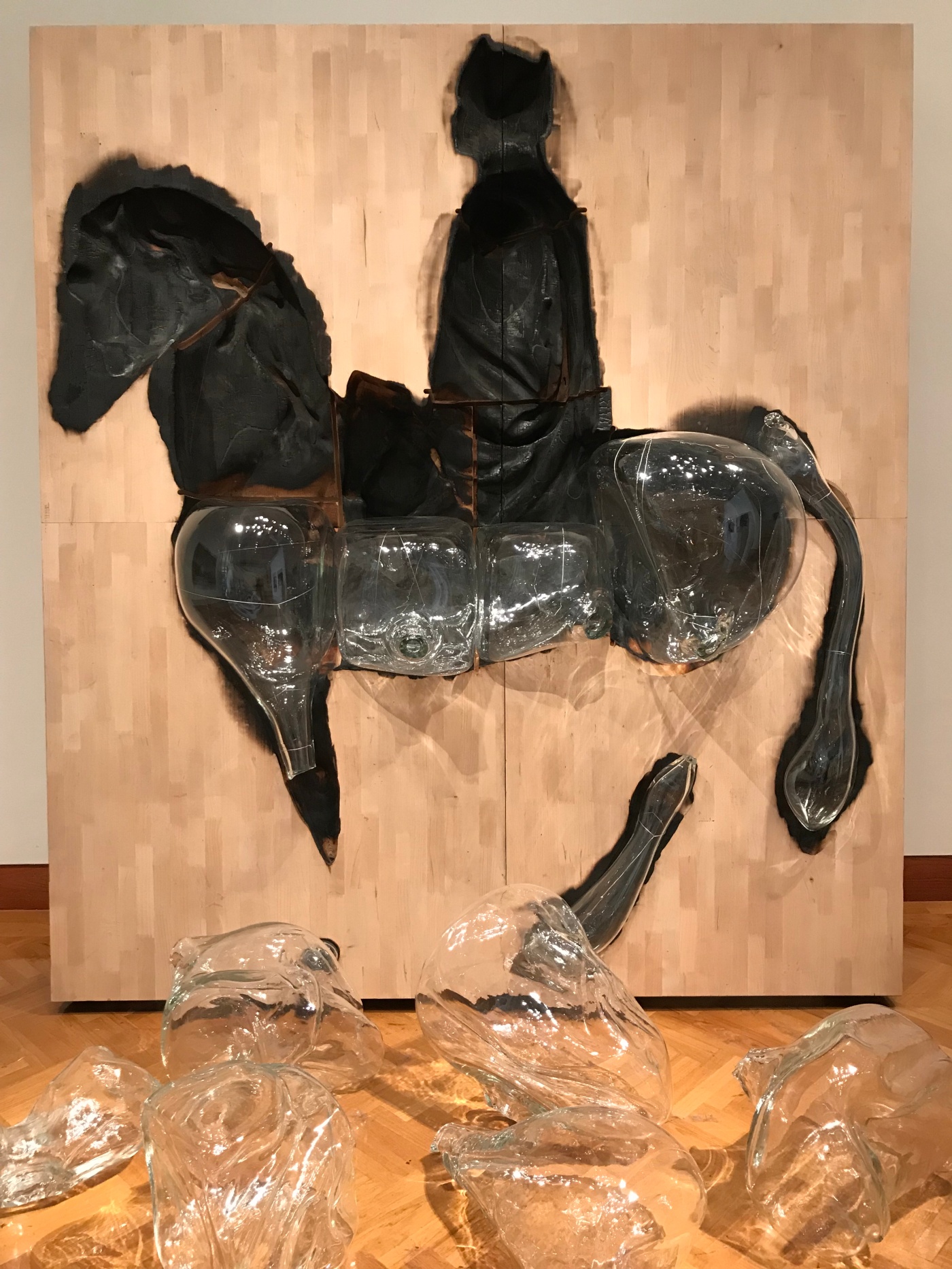Over at Hyperallergic this week, I had an essay come out that was about four months in the making. It discusses how and why museums should use labels–those little tituli to the side–in order to engage with America’s history of slavery. The piece was inspired by a trip to the Worcester Art Museum (Worcester, MA) over the December holiday. A new labeling project in the early American art gallery spearheaded by former curator Elizabeth Athens had added labels indicating if a person depicted in a portrait had connections to slavery.
I must admit that when I am at the Worcester Art Museum, it is usually to once again see the stunning mosaics from the Antioch excavations, which are on display in the main gallery as you enter. Their mosaic of Ktisis (Foundation) is stunning, as is their large scale mosaic of “the hunt.”
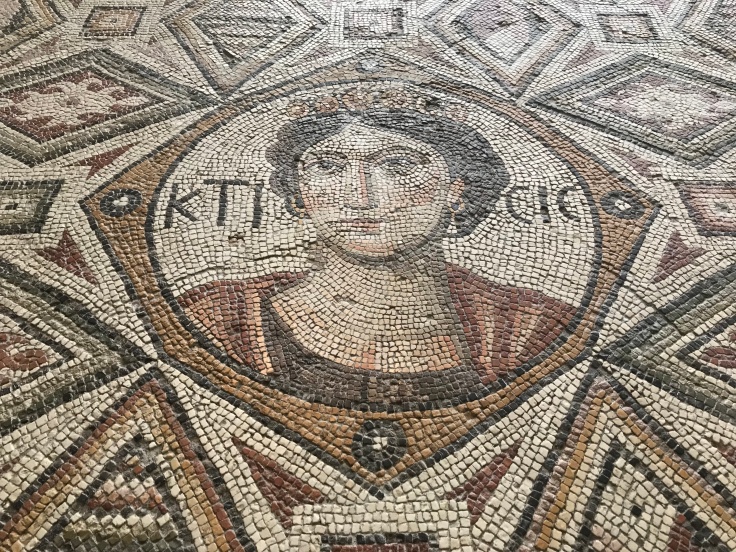
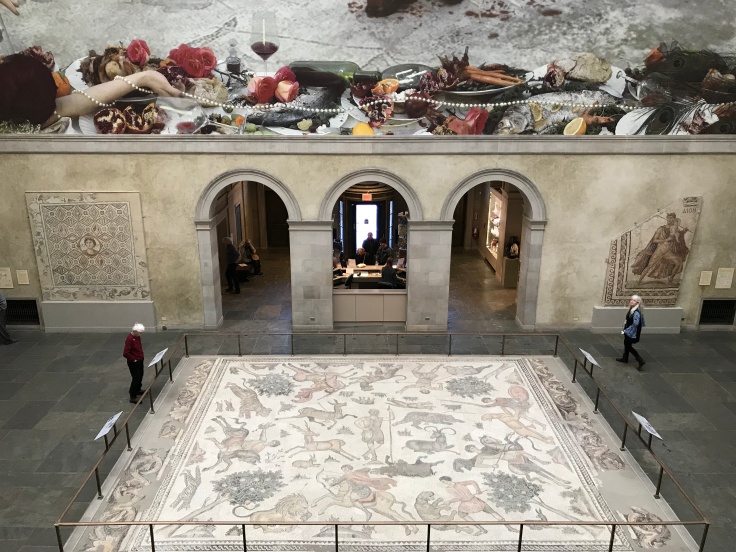
The labels did indeed change the ways in which I viewed the portrait in front of me. They also gave me a better understanding of how wealthy white Americans in early America (in both the North and the South) were connected to slavery. As I began to ponder why this signage is so rare for American art, I also began to compare the portraits to depictions of Roman slavery. Roman slaves were much more visible in reliefs, frescoes, and mosaics than in early American art.
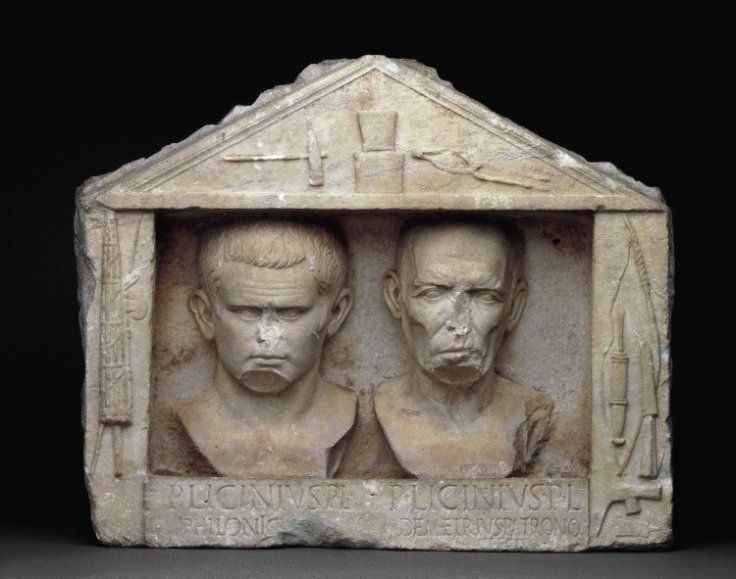
This in no way redeems Roman slavery over American slavery. Slave systems at any time or place are irrefutably wrong and without redemption. But it does demonstrate that elite Romans had little shame in participating in the institution of slavery or representing slaves and freedpersons in artwork. To my mind, many museums within the U.S. continue to shy away from labels that connect their art to slavery in part because of a continued guilt over the white subjugation of African Americans in early America. And yet transparency and written recognition of our history of oppression of African Americans is a step forward.
In the past few years, many college campuses have begun to confront their history of slavery directly, and it is good to see museums follow suit. As I point out in the piece, campuses like University of Pennsylvania, Georgetown, the University of Virginia, and Princeton have begun to discuss their institutional connections to slavery. Digital Humanities has also played an important part in bringing visibility to these institutional projects. At Princeton, the ‘Princeton and Slavery Project’ across campus has encouraged the display of both old and new art that engages with antebellum slavery and how the university benefitted from it. At the University of Virginia, the President’s Commission on Slavery and the University has brought attention to the use of slave on grounds.
Princeton to Name Two Campus Spaces in Honor of Slaves, following examples set by work at UVA, UNC, and Rutgers over past decade. https://t.co/VOXxrAUFbe #SlaveryUVA #slaveryu #unislavery #legaciesofslavery
— PCSU UVA (@slaveryuva) April 18, 2018
Within the world of 3D modeling, metadata for historical objects are now being revised and their connections to slavery underscored online. One of the most famous of these is George Washington’s false teeth, which were not wooden but actually made of human teeth likely taken from African Americans (1784). The relabeling of these and many other objects connected to slavery within the United States is a digital step in the right direction that can work together with physical labels in museums across the country.
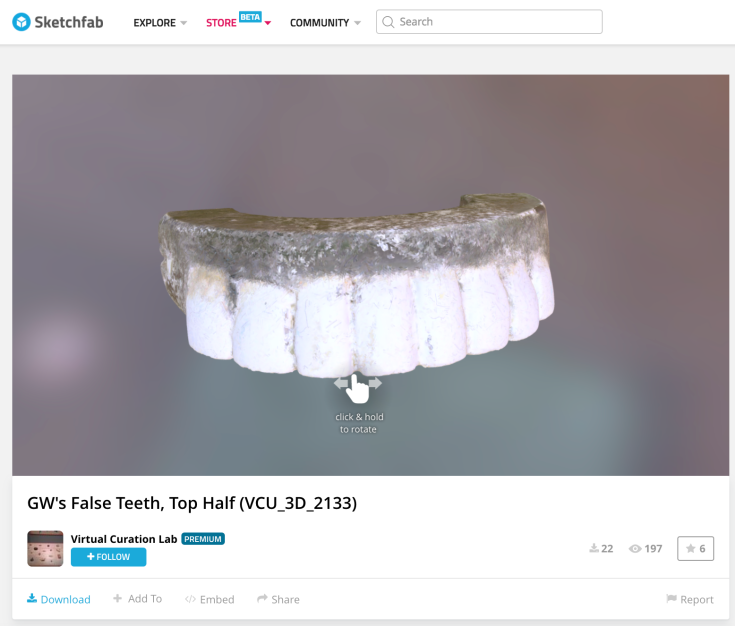
https://sketchfab.com/models/3ace25bbcc824571a4c6f5ee2172445a/embed GW’s False Teeth, Top Half (VCU_3D_2133) by Virtual Curation Lab on Sketchfab
As my annual ‘slavery and outcasts’ seminar wraps up this semester, I am again thankful for the hard work of so many scholars, museum professionals, digital humanists, archaeologists, and researchers who every day make the history of slavery more visible. My hope is that museums beyond the Worcester Art Museum will begin to revise their labels and to think about the ways in which recognizing slave systems and giving a name to enslaved persons can serve to reverse the social death imposed upon African Americans for over two centuries.
